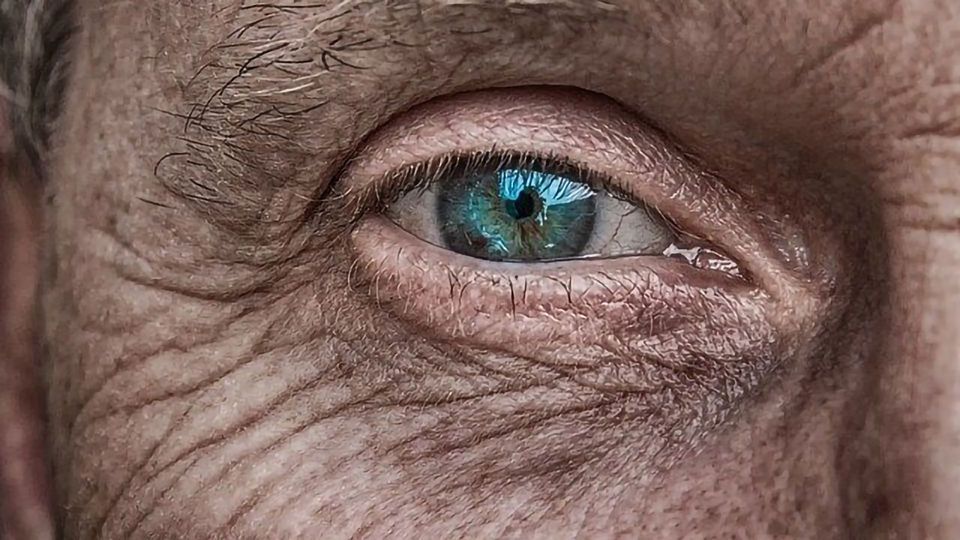A Molecular Atlas of Skin Cells

Complete the form below to unlock access to ALL audio articles.
Our skin protects us from physical injury, radiation and microbes, and at the same time produces hair and facilitates perspiration. Details of how skin cells manage such disparate tasks have so far remained elusive. Now, researchers at Karolinska Institutet in Sweden have systematically mapped skin cells and their genetic programs, creating a detailed molecular atlas of the skin in its complexity.
Mammalian skin has several important tasks to perform. It provides a waterproof protective barrier against the outside world, produces hair and harbors sweat glands. This tissue complexity requires many types of cells, such as fibroblasts, immune cells, nerve cells and pigment cells. To systematically study the skin, researchers at Karolinska Institutet have mapped the genes that are active in thousands of individual cells using a technique called single-cell RNA sequencing. Examining tissue from the skin and its hair-producing hair follicles at different stages of hair growth, the researchers uncovered how cells are coordinated during the phases of hair growth and rest.
"We found over 50 different kinds of cells in the skin, including new variations of cell types that have not been described before," says Maria Kasper, research group leader at the Department of Biosciences and Nutrition, Karolinska Institutet. "We've also seen that most types of skin cells are affected by different phases of hair growth".
As part of the study, the researchers described exactly where in the skin these cells are located and which genes they express. The authors have made this information available in an open-access online atlas, which helps others interested in specific genes to quickly find out if and where they are expressed. Conversely, researchers interested in specific cells can find out how gene expression changes during their task specification. The researchers behind this atlas believe that this information will be useful to other scientists studying for example skin diseases, wound healing or skin cancer.
By using their own atlas the authors have made several discoveries. For example, they have found that the outermost layer of the hair follicle consists of several types of cells organized in a specific way. They could also see how the hair progenitors, a type of stem cell that has started its specialization towards specific hair follicle parts, goes through different molecular stages.
"This gives us vital knowledge on the flexibility of the skin, what the skin does to maintain its function and structure in different situations," says Simon Joost, first author and recent graduate from Maria Kasper's research group. "This knowledge may help us understand the flexibility of other organs, how they renew themselves and respond to different needs."
Reference
Joost et al. (2020) The Molecular Anatomy of Mouse Skin during Hair Growth and Rest. Cell Stem Cell. DOI: https://doi.org/10.1016/j.stem.2020.01.012
This article has been republished from the following materials. Note: material may have been edited for length and content. For further information, please contact the cited source.

